Australia So Much to See













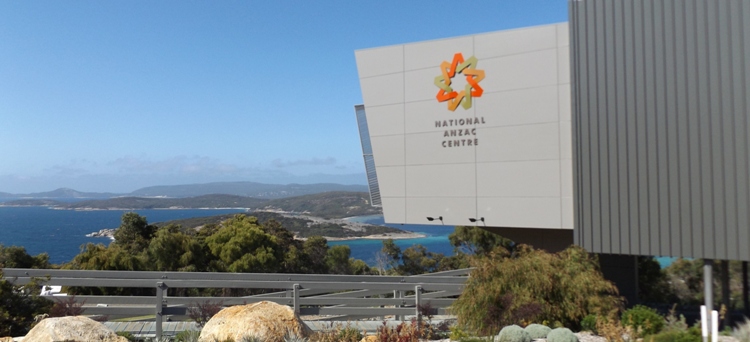
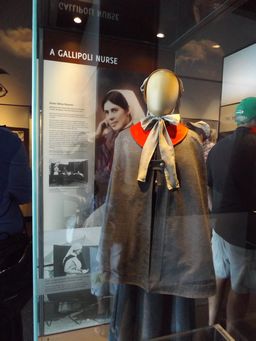
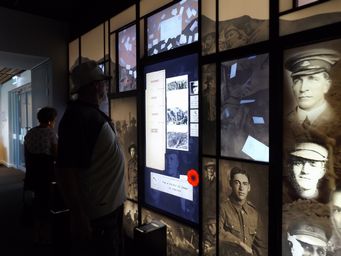
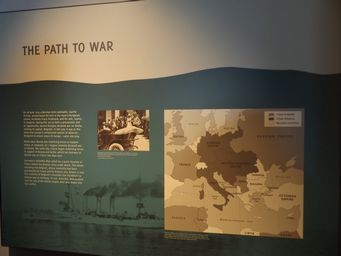
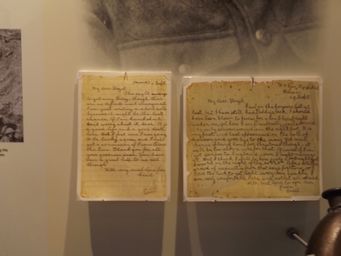
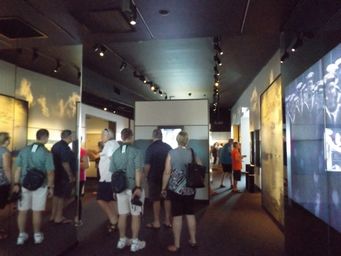
On the morning of 1st November 1914, the first convoy of the Australian Imperial Force and the New Zealand Expeditionary Force departed
from Albany in Western Australia to fight in World War I.
During World War I, 1914-1918, the ships that carried the ANZAC soldiers
to Europe gathered at Albany. Albany was the last place in Australia that the soldiers saw and is therefore a prominent memorial. Albany Anzac Peace Park and the pier of remembrance was dedicated in 2010.
Between 31st October and 2nd November 2014 Australia
commemorated the 100th anniversary of that departure in Albany with events and re-enactments. During this Centenary also saw
the official opening of the National Anzac Centre by the Prime Ministers of Australia and New Zealand and the Premier of Western Australia
on the 1st of November.
Leading up to ANZAC Day 2015, we visited the new National ANZAC Centre, overlooking King George Sound.
There are interactive
audio stories ‘from’ various soldiers and other personnel as you follow around the centre, which contains photos and original letters
from those serving overseas.
Each visitor to the centre is issued with a card of a specific soldier. By tapping the card on touch screens, you can follow
the story of your soldier.
My card was Otto Siefken, a 20-year-old butcher from Maylands, Perth. Although of German
descent, Siefken was able to join the AIF; however his father Carl was declared an 'enemy alien' and required to report weekly to
the Maylands Police Station.
Following his story through the battlefields of Europe, his soldiering days ended when on 1917 he
fought at the battle of Lagnicourt and on 15 April was posted as ‘missing in action’. He was among 330 Australians captured
by the Germans at Lagnicourt.
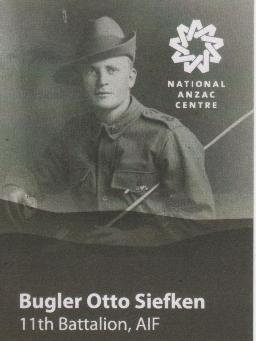
Around 4,000 Australians were taken prisoner by the Turks and the Germans during the First World War. Most of these were captured
by the Germans on the Western Front between 1916 and 1918.
Siefken endured 13 months as a prisoner of war at camps first in France
and then at Heilsburg, East Prussia. Corporal Leo Colreavy of 12th Battalion, who was captured with Siefken, stated after the war
that Siefken was initially put to work in a ‘reprisal’ camp. These were harsh labour camps located near the front line. They were
designed as a reprisal for what the Germans saw as the poor treatment of German prisoners of war by the allies. Colreavy stated that
Siefken soon fell ill, but remained on light duties until late 1917.
He was then interned in Heilsburg prisoner-of-war camp in
East Prussia. Prisoners here were treated harshly, forced to toil in the fields and help rebuild the district’s devastated towns.
He was put to work in the surrounding area.
In all, 397 Australian soldiers died in captivity. Otto Siefken was one of these
men. Still sick, Siefken was sent on a farm work ‘commando’ to Gerdauen in Prussia. He died from pneumonia and influenza at Johanniter
Hospital on 21 October 1918, three weeks before the Armistice. He was 23 years old.
Statistics tell us that one in three of the 41,265 who left from Albany on the First and Second Convoys died in the war. Statistics,
however, do not tell us about what happened to the two-thirds who returned to Australia and New Zealand. We do know that there were
many more disabled soldiers than war dead. Some war veterans went on to lead outwardly normal lives; for others, the impact of the
war on their bodies and minds lasted a lifetime. Statistics reveal nothing of the effects of war on their families. Nor about the
shadows of war that settled on those born after it ended – the children of returned servicemen.